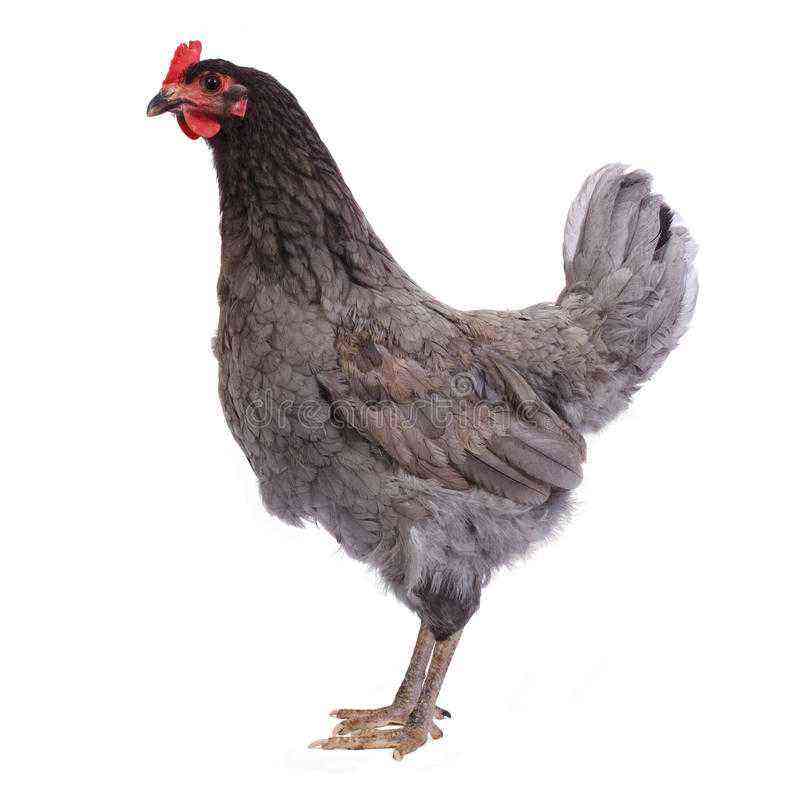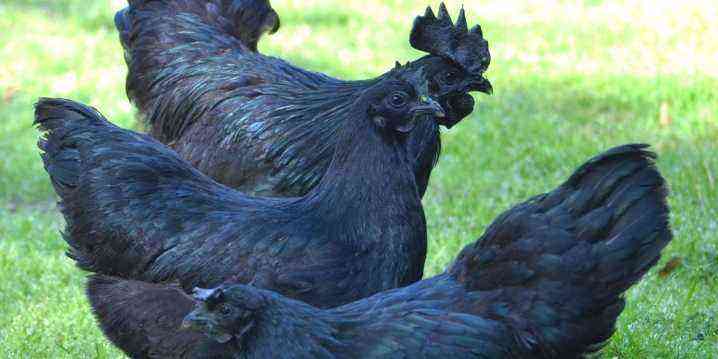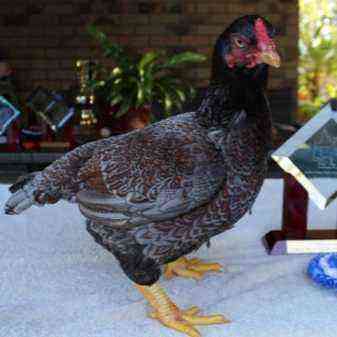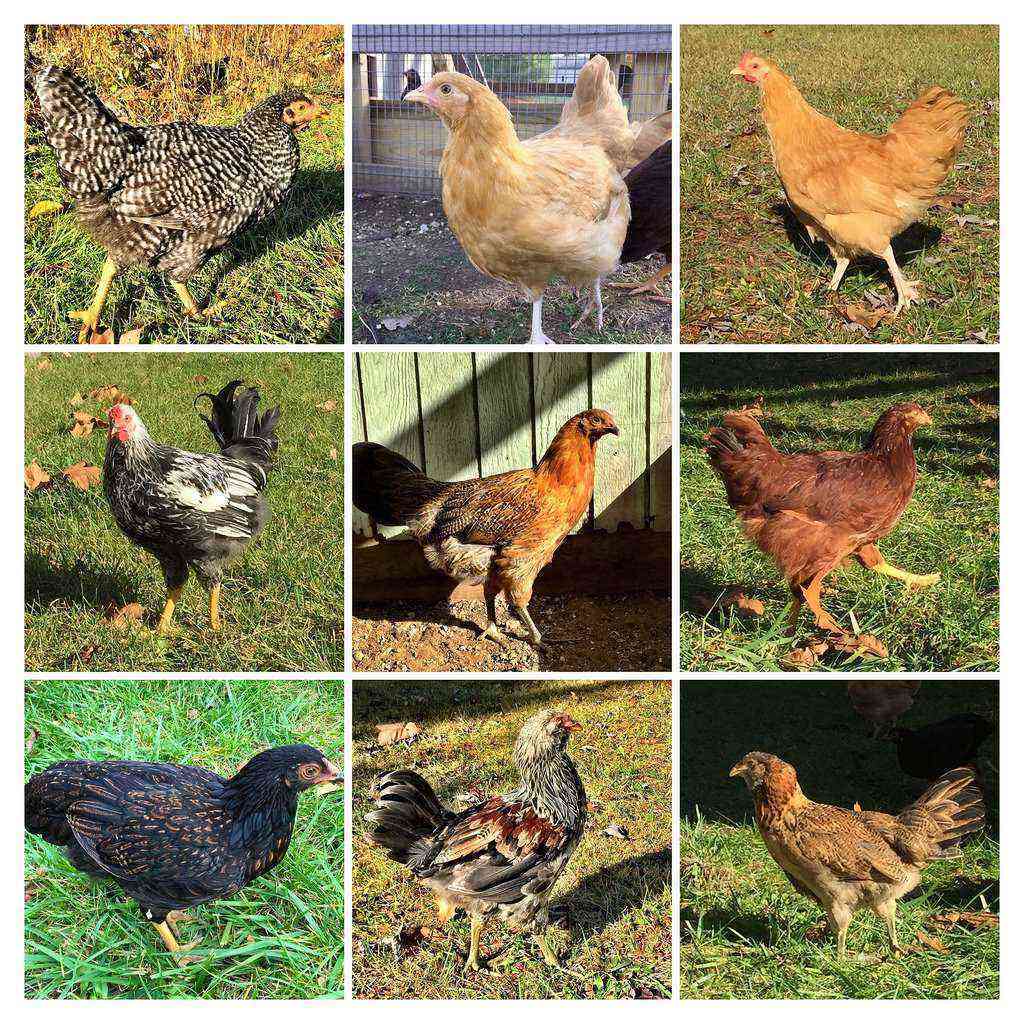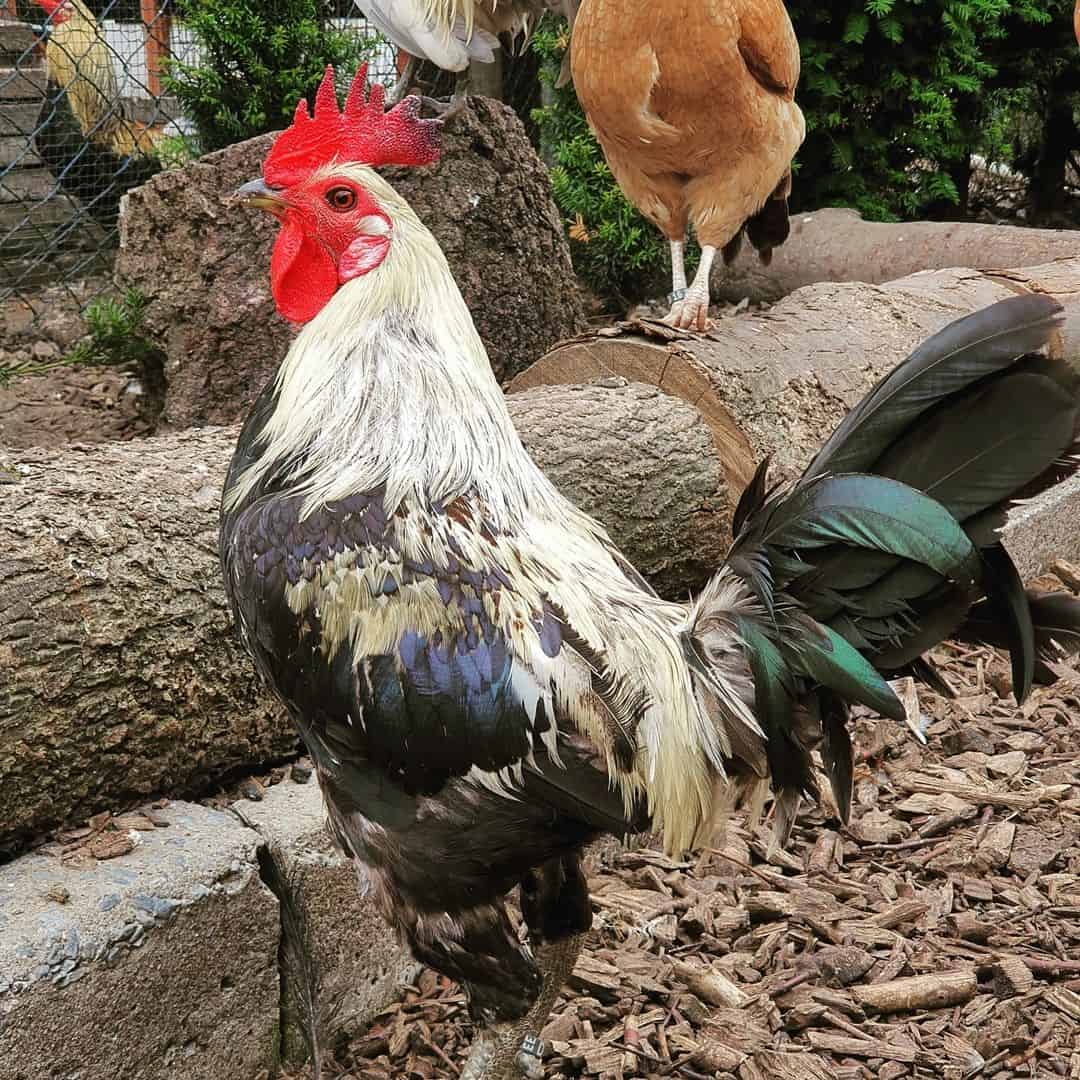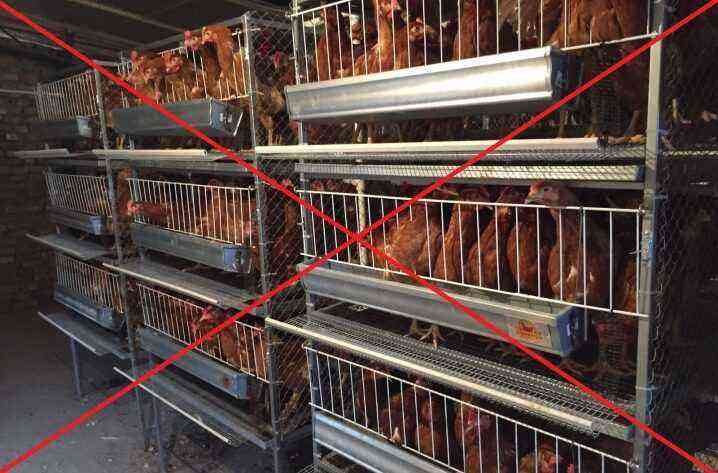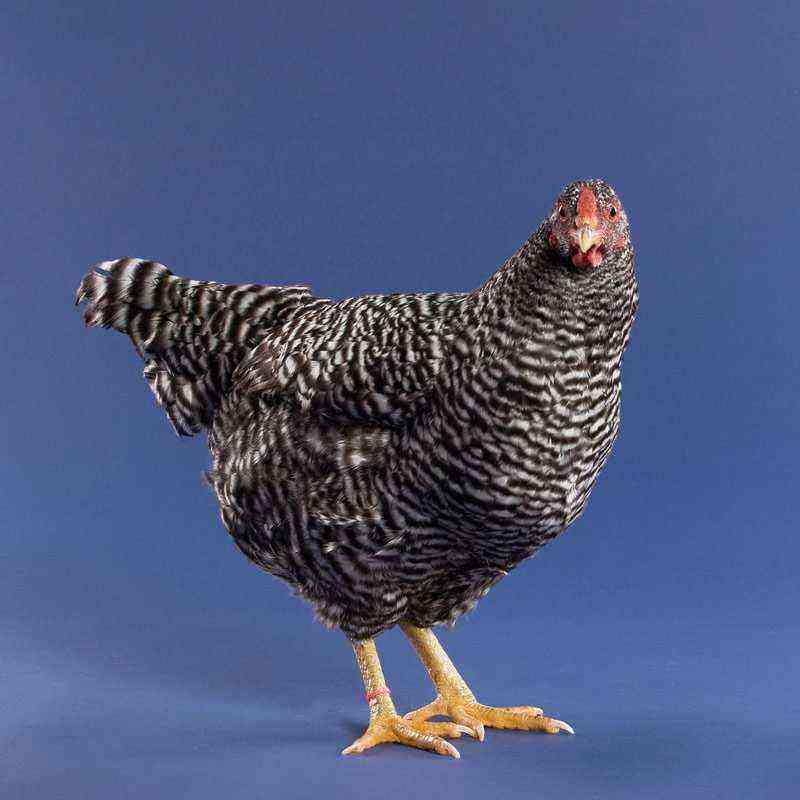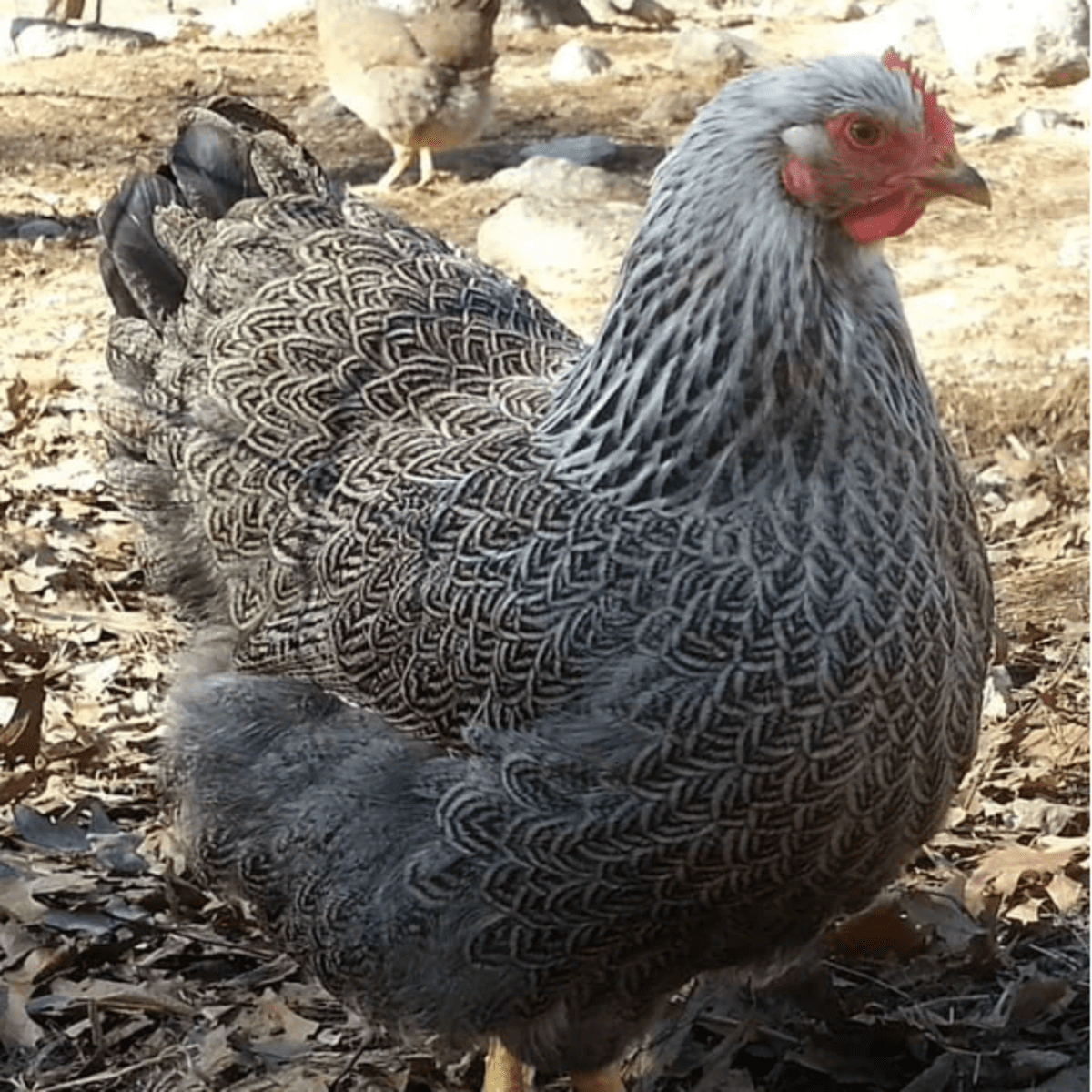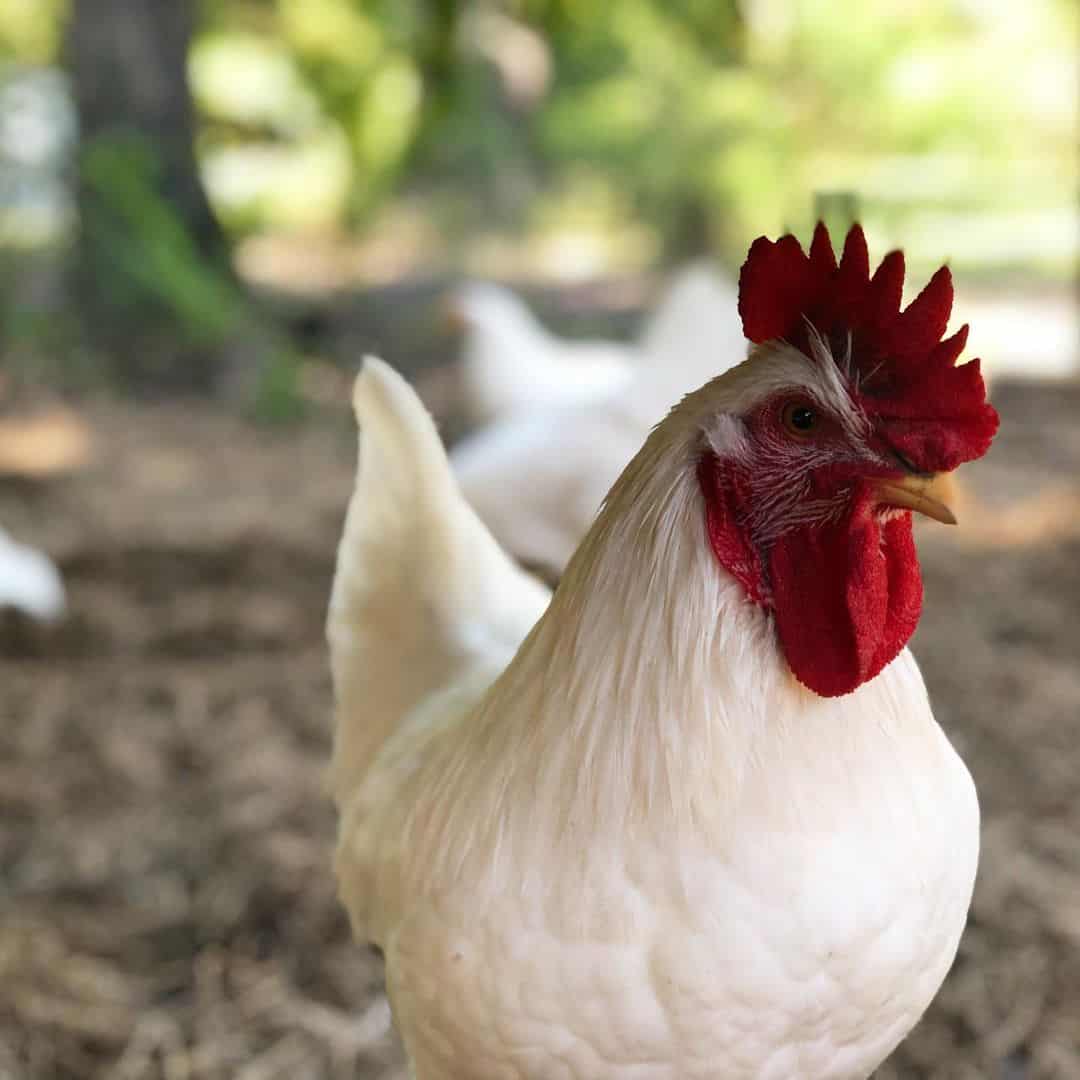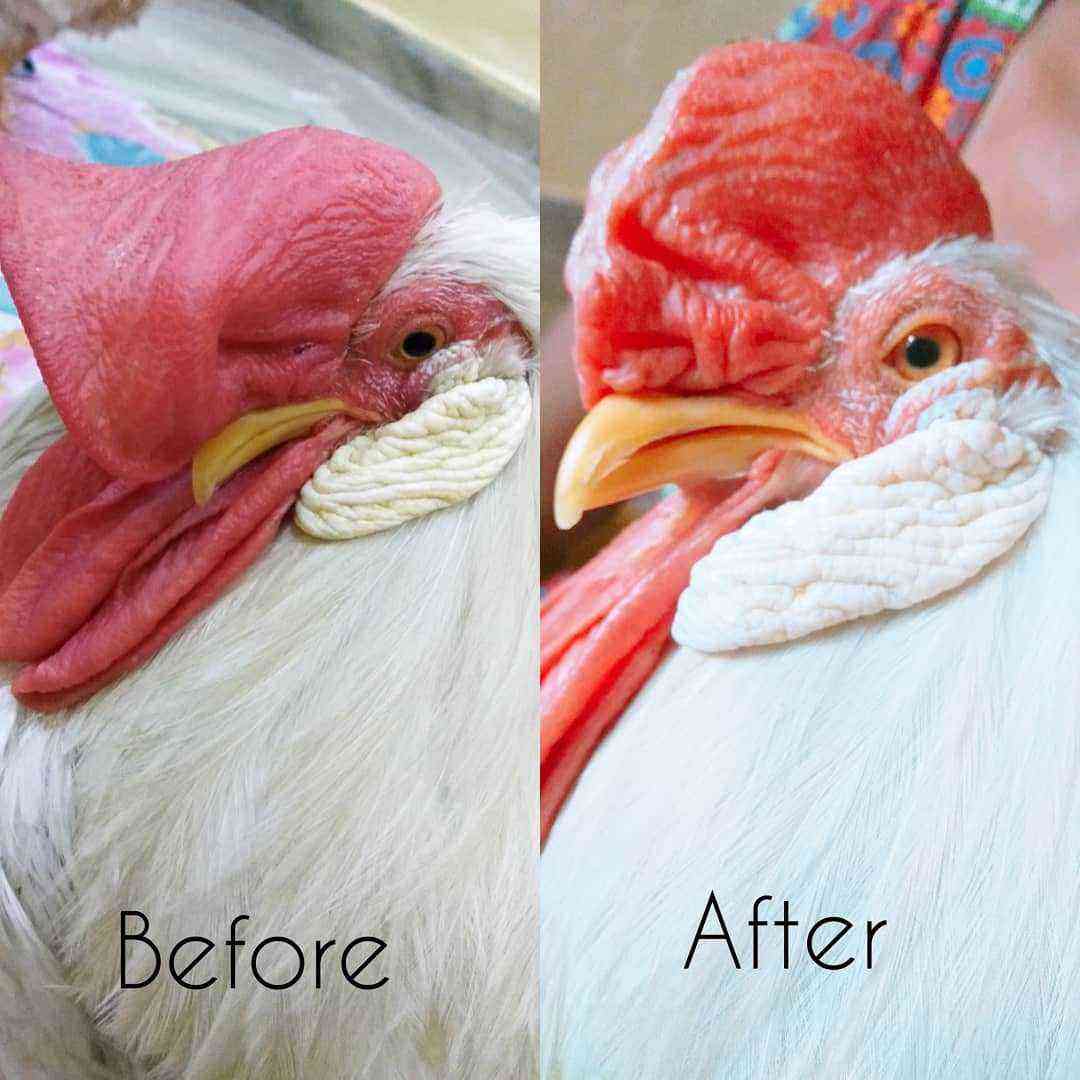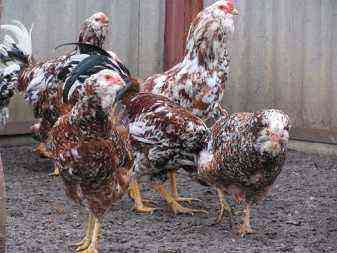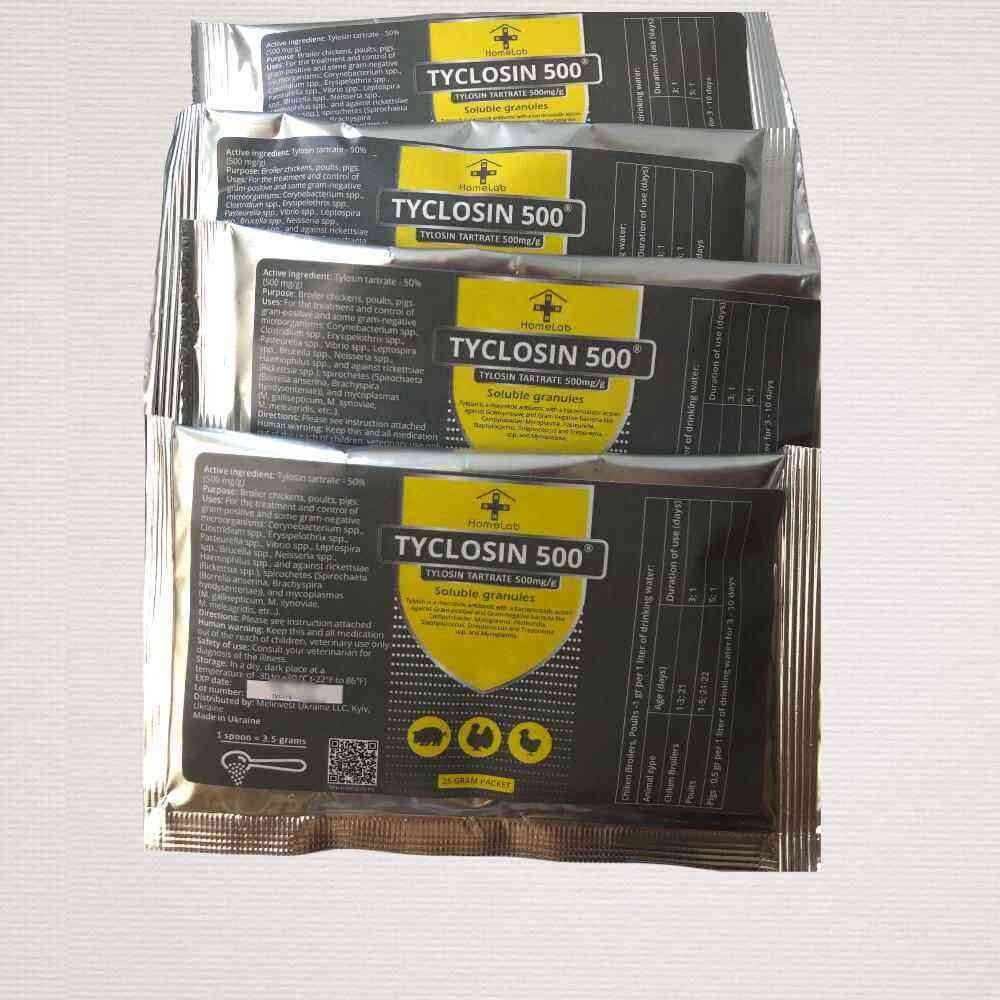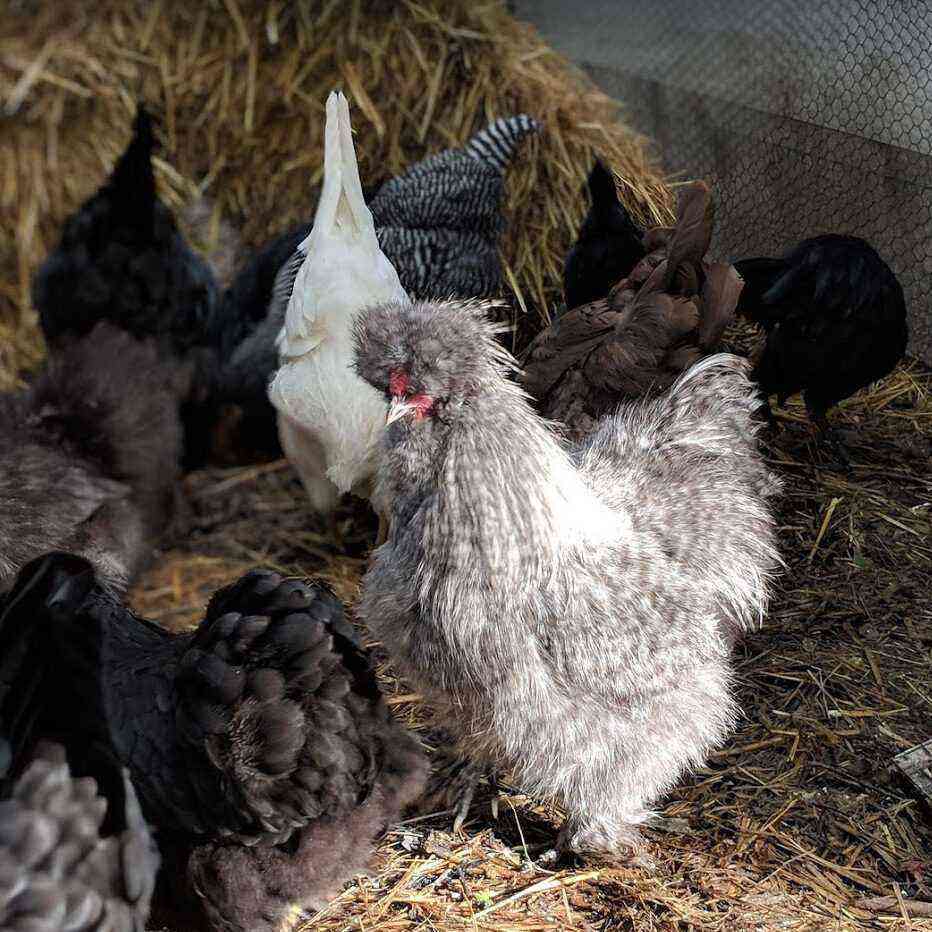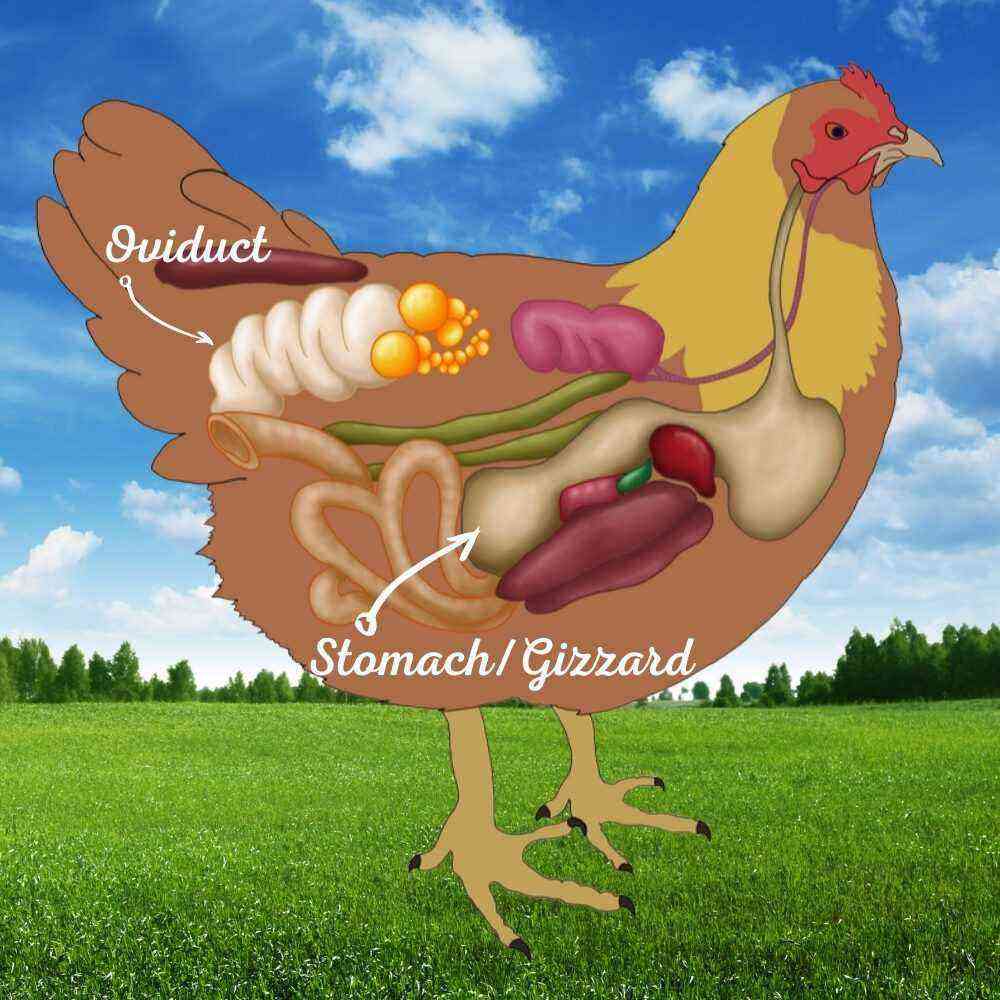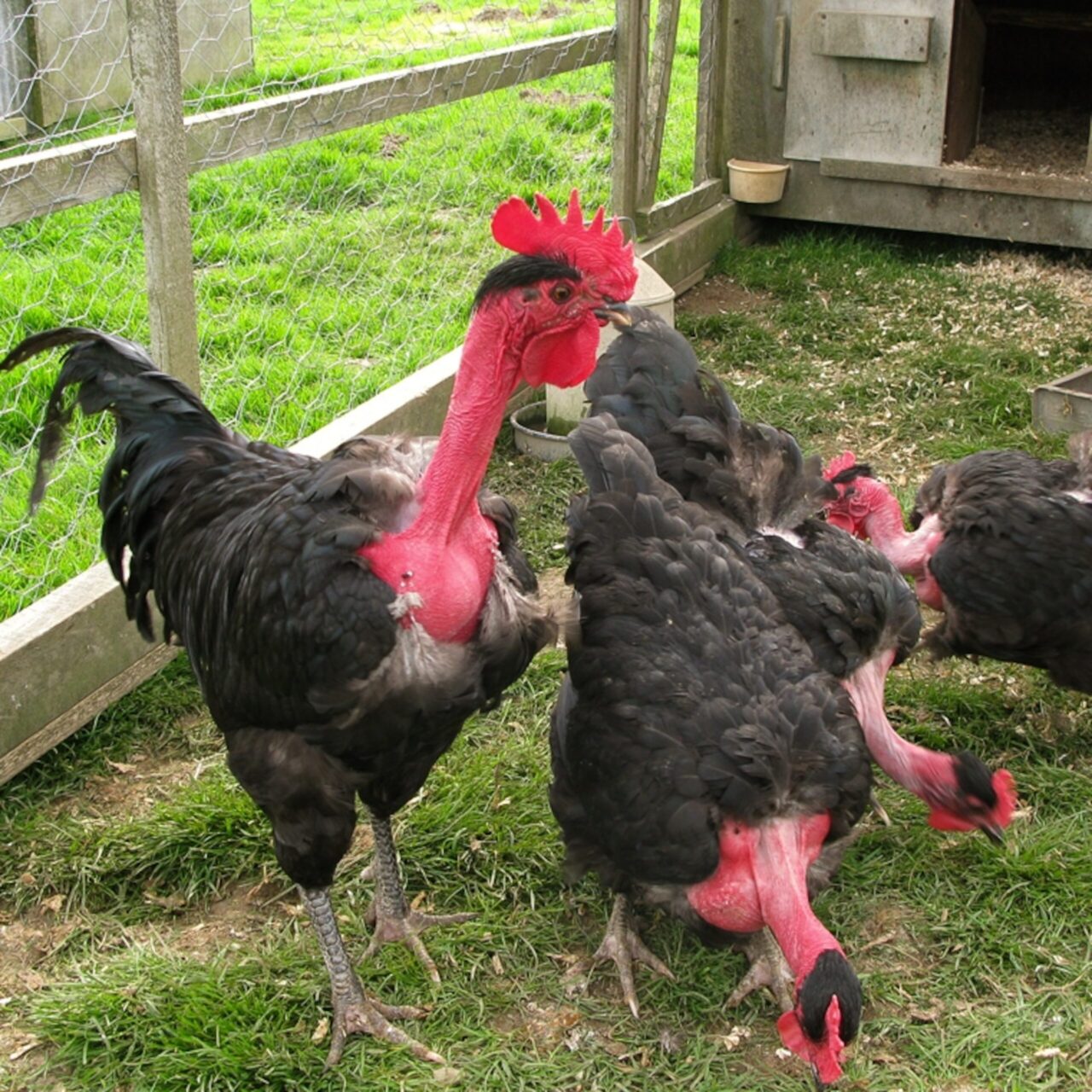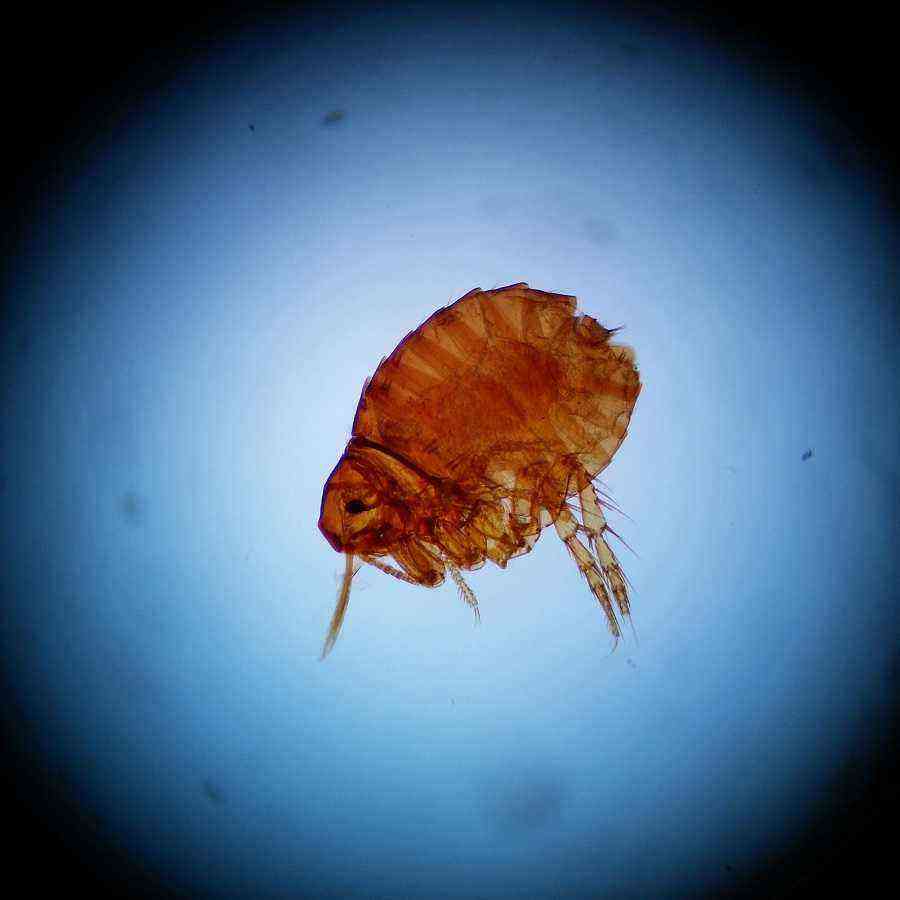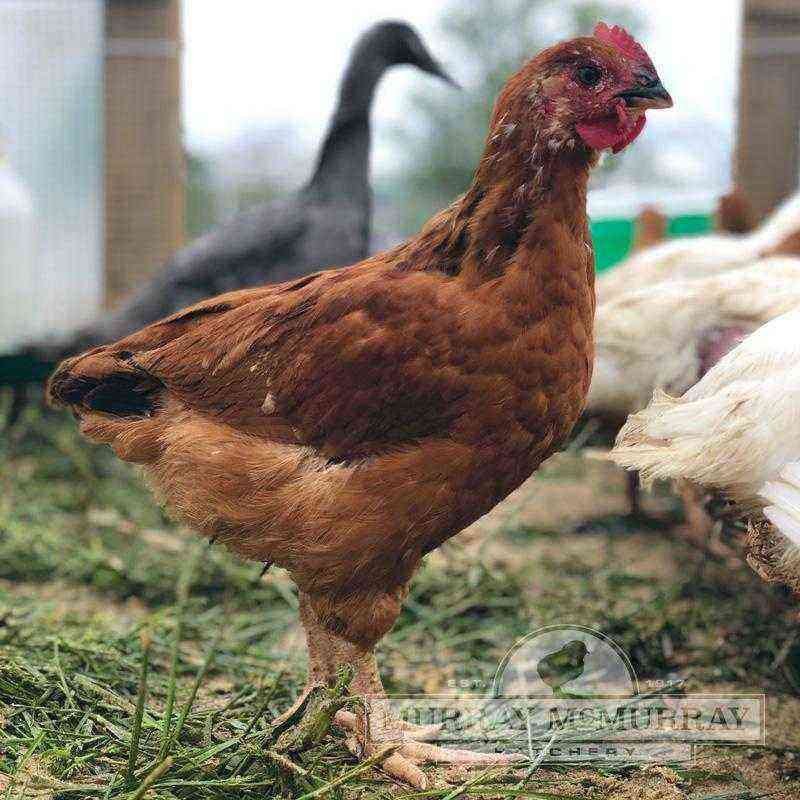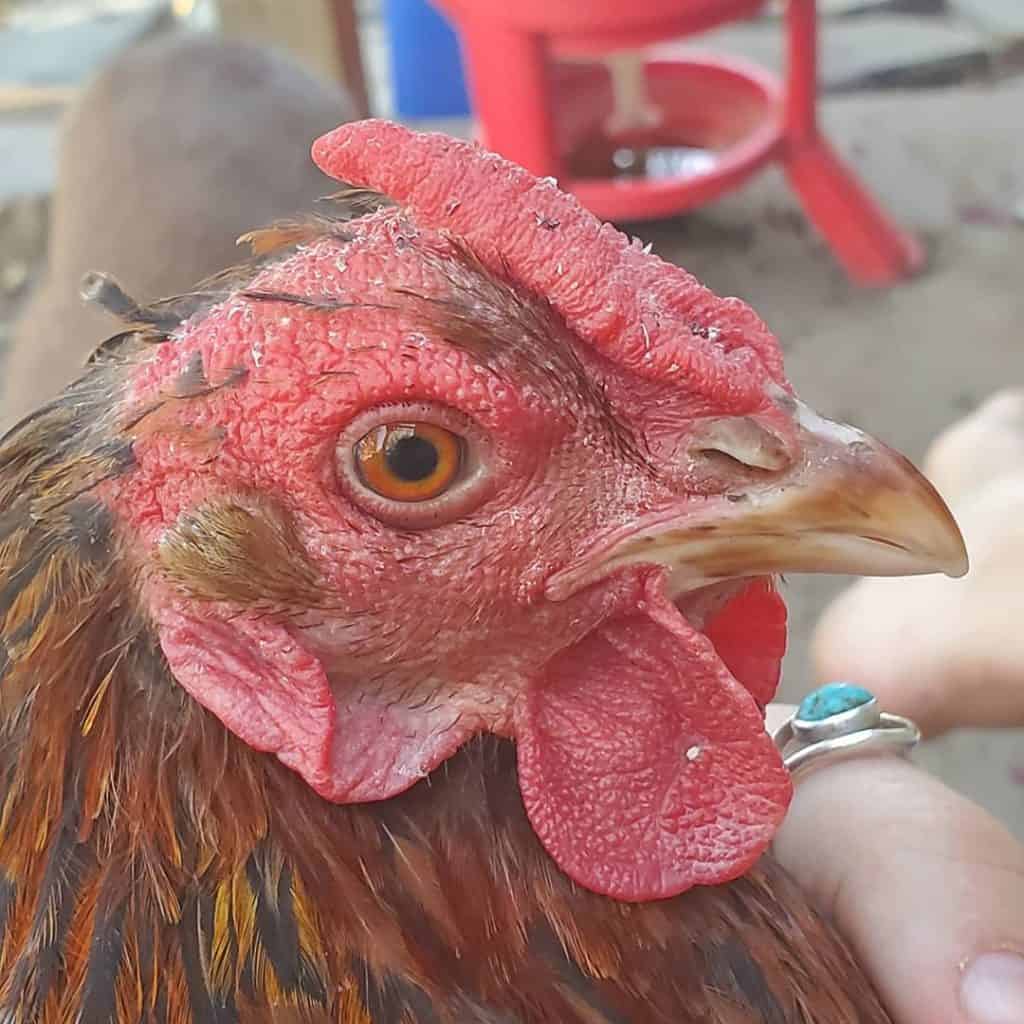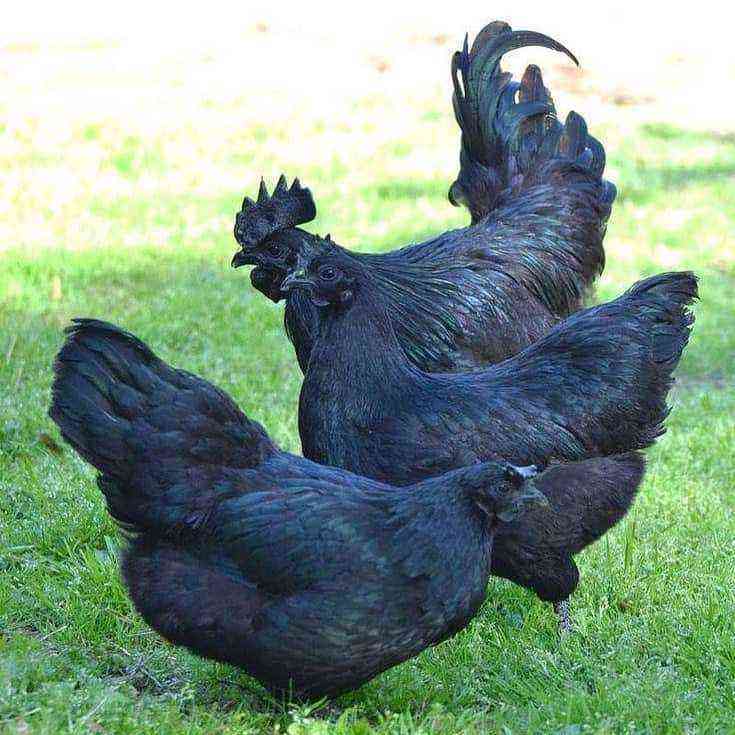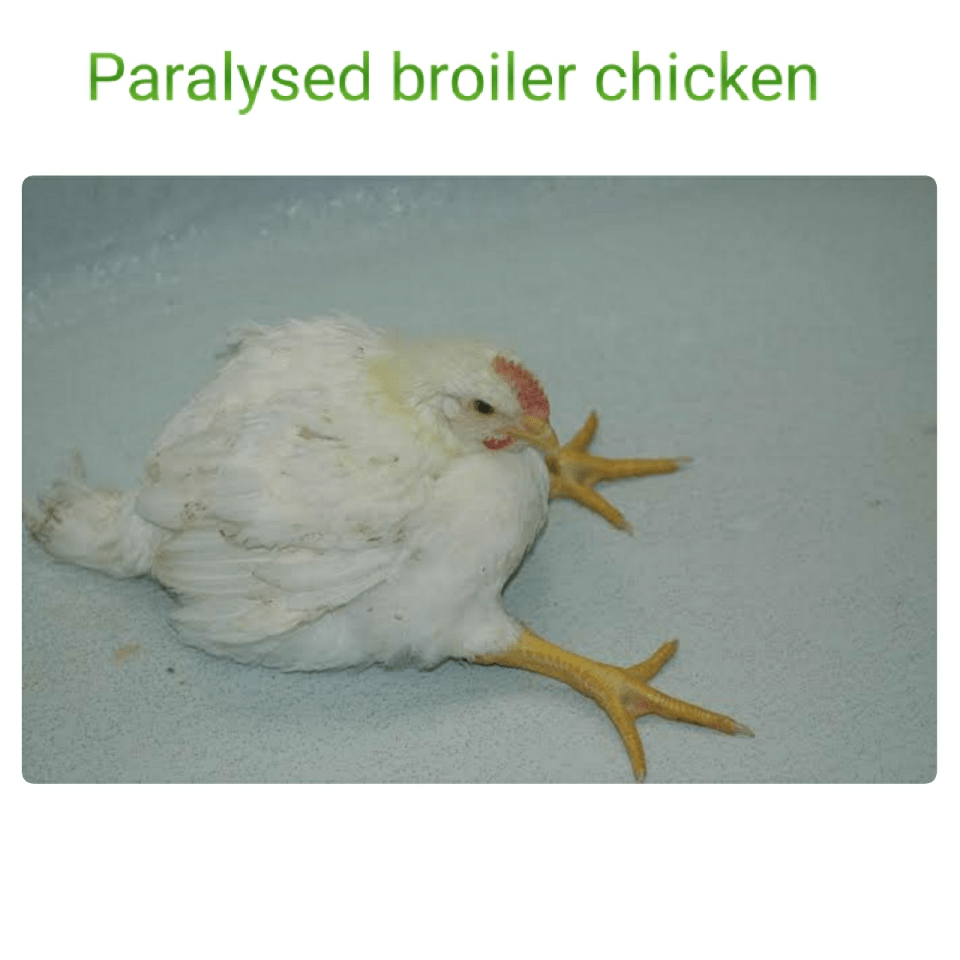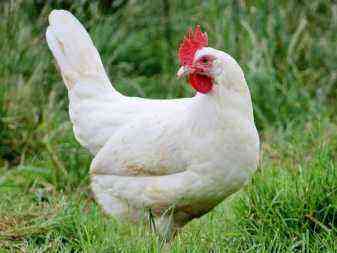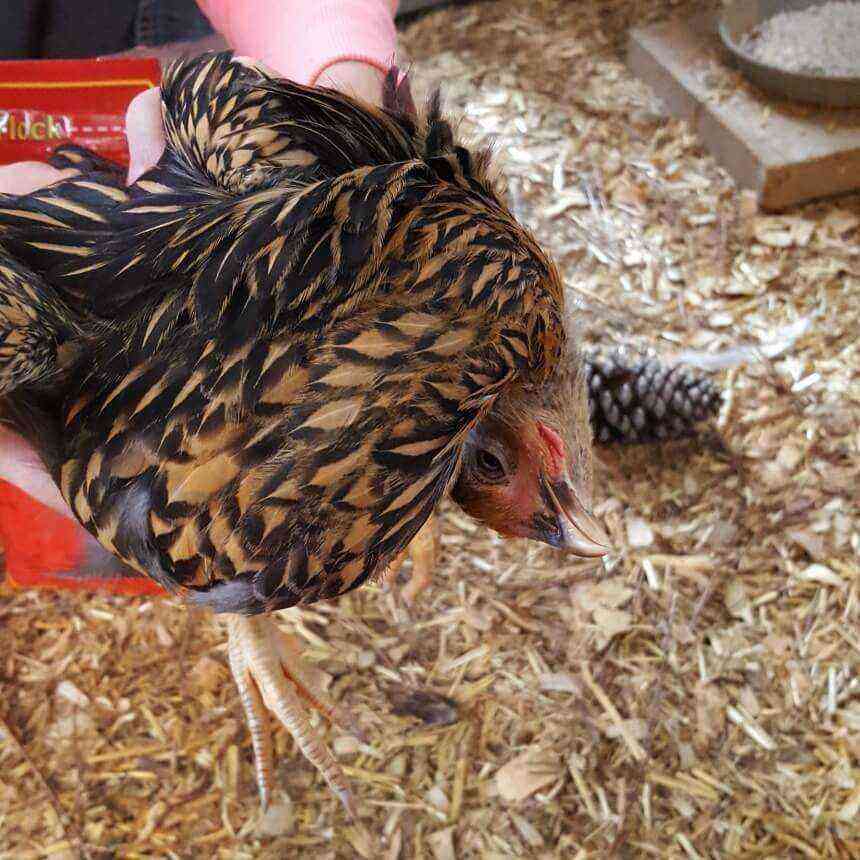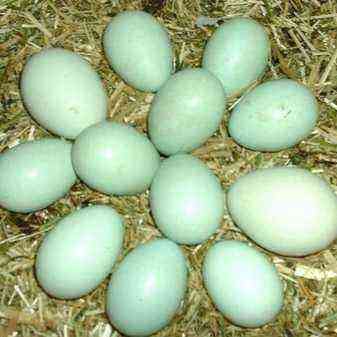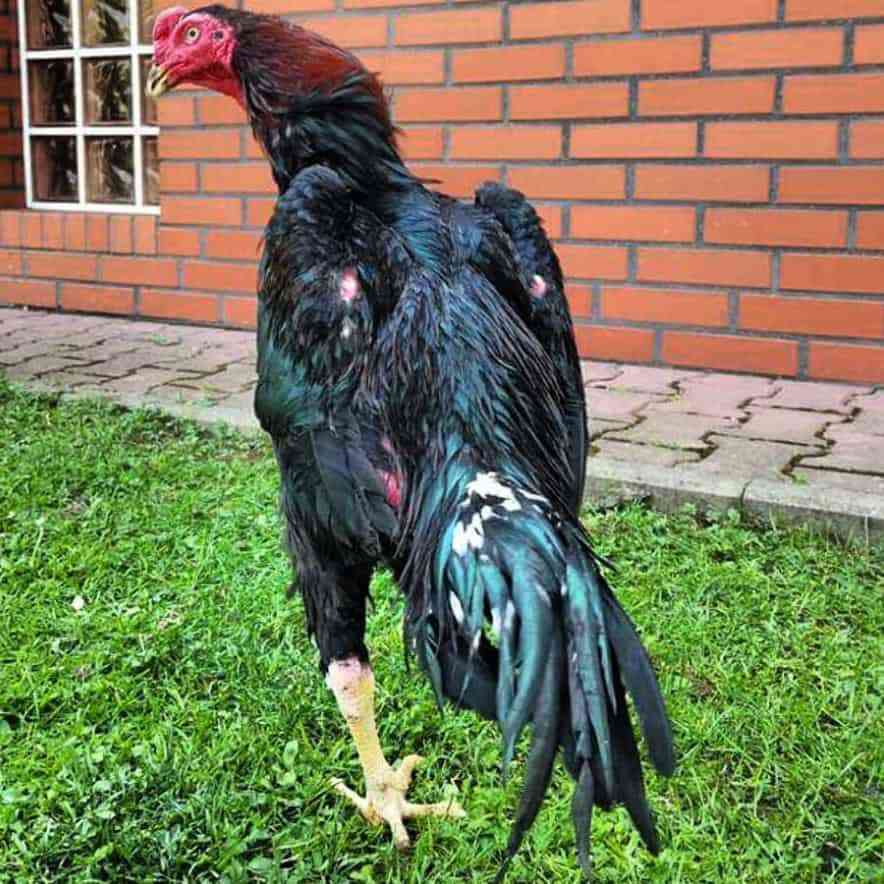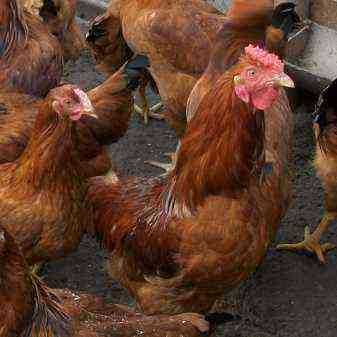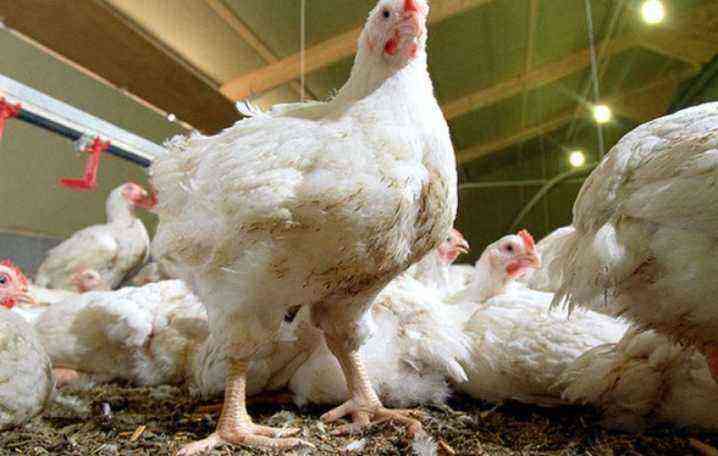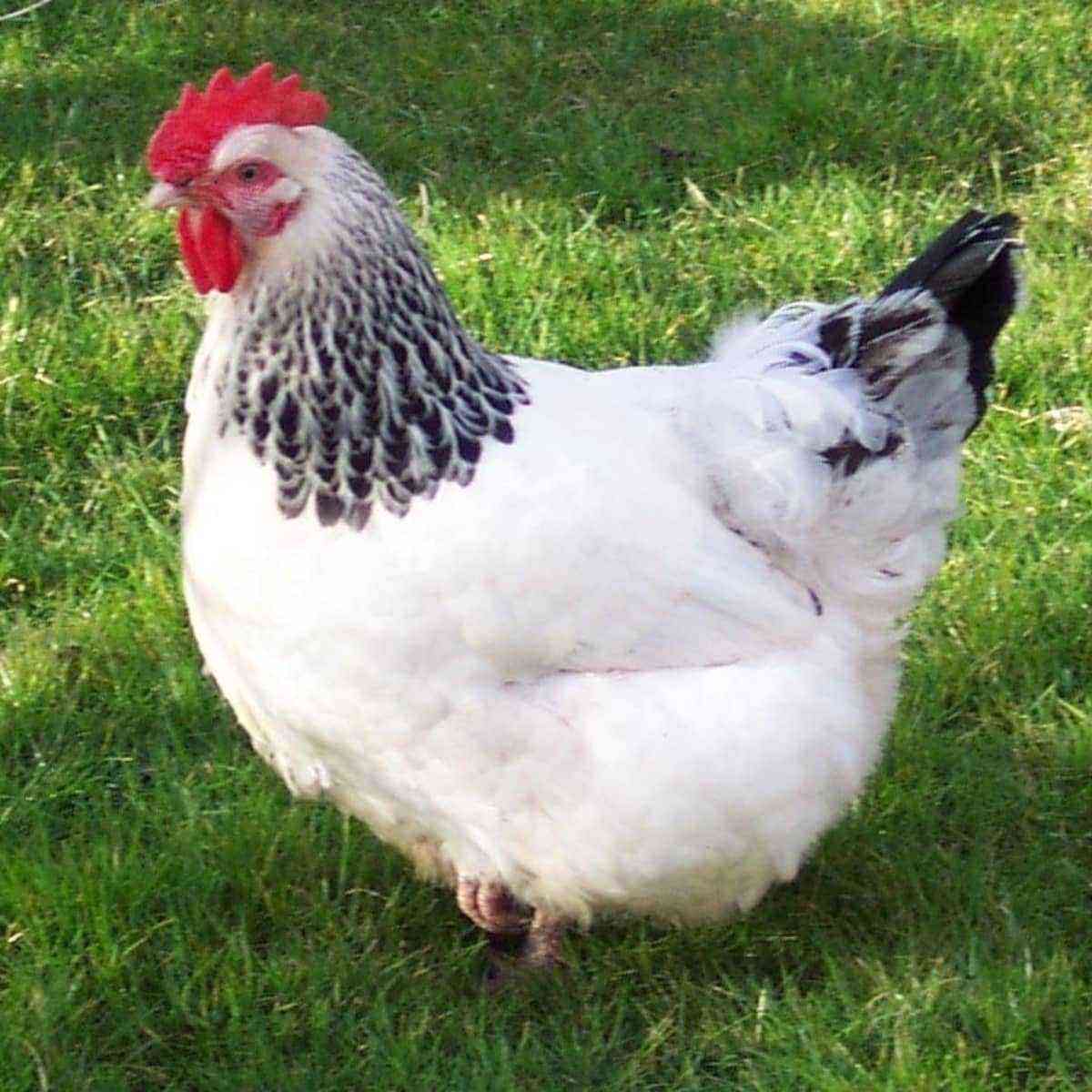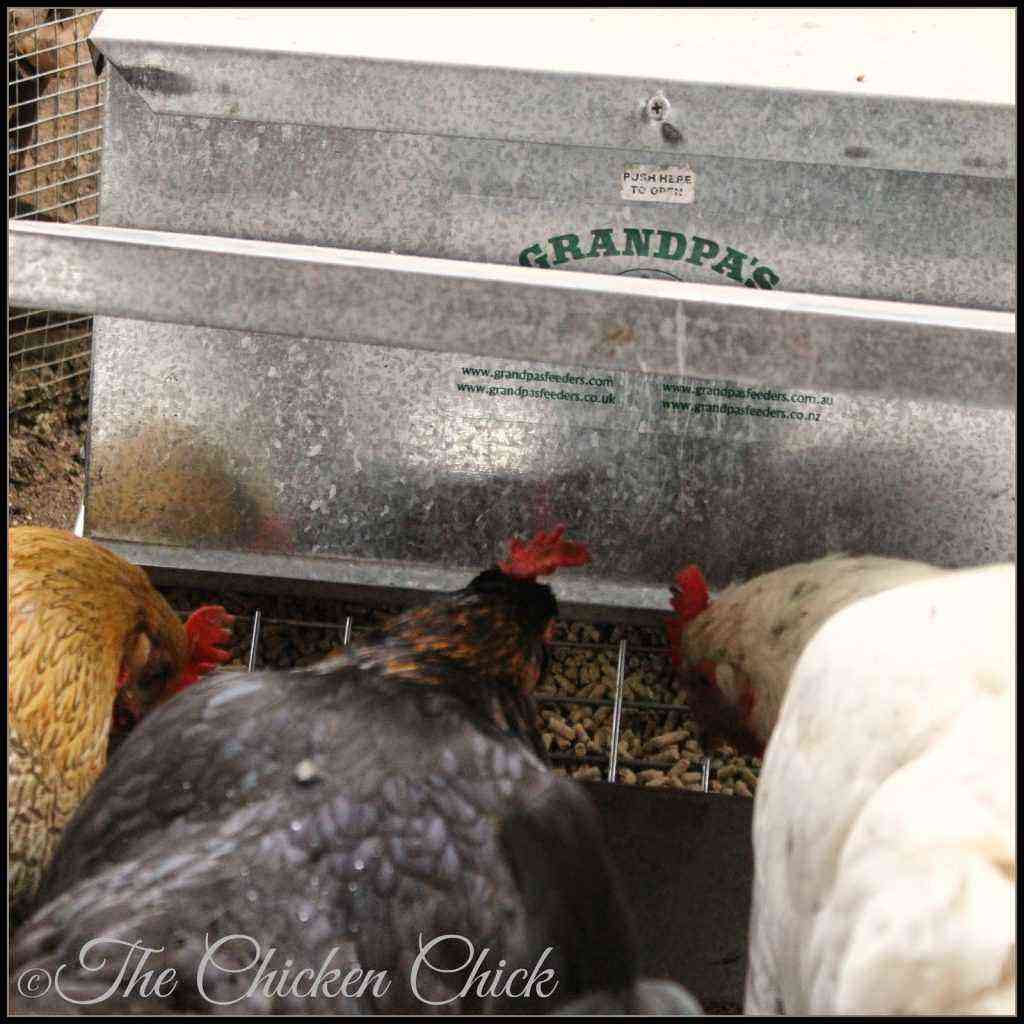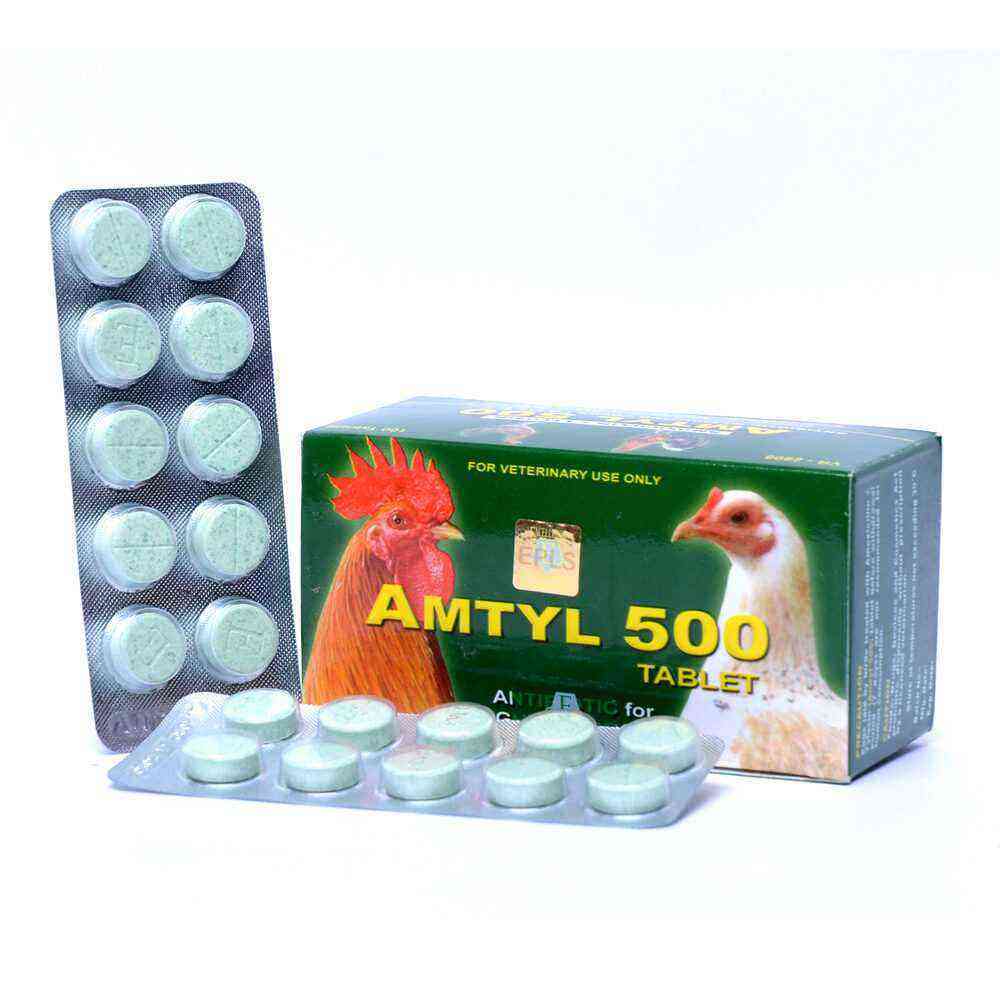The greatest harm to the poultry breeder is caused by infectious diseases that affect feathered pets at various stages of life. Currently, there are a huge number of such diseases. They occur when bacteria or parasites, fungi or viruses enter the body of chickens.
A fairly common infectious disease is mycoplasmosis. When it is infected in feathered pets, the respiratory organs are affected. The causative agent of this disease is a bacterium called Mycoplasma gallisepticum. The disease is transmitted from one chicken to another, so infection of the entire livestock is not excluded. A sick chicken spreads the infection throughout the chicken coop through food and water, endangering the lives of other individuals. The duration of the incubation period is 5-20 days.
Experts believe that respiratory mycoplasmosis causes not only the death of birds, but also affects the growth and development of chickens. Ultimately, grown chickens may be underdeveloped.
The first symptoms of chicken infection with mycoplasmosis are nasal discharge in the form of mucus, coughing, exhaustion, rhinitis, lack of appetite, a significant decrease in productivity, sinusitis. But in order to correctly diagnose, it is necessary to conduct laboratory tests and verify clinical data. At home, examining feathered pets on your own, you can draw the wrong conclusions and make an incorrect diagnosis.
Chickens are treated for mycoplasmosis with antibiotics. The most effective and efficient are streptomycin, chlortetracycline and erythromycin. The advanced form of this disease is very difficult to cure. Therefore, it is sometimes much more rational for a poultry farmer to slaughter a bird than to waste money.
To avoid infection of chickens with mycoplasmosis, sanitary standards and rules for keeping feathered pets should be observed, as well as preventive measures aimed at strengthening the immunity of feathered pets.


